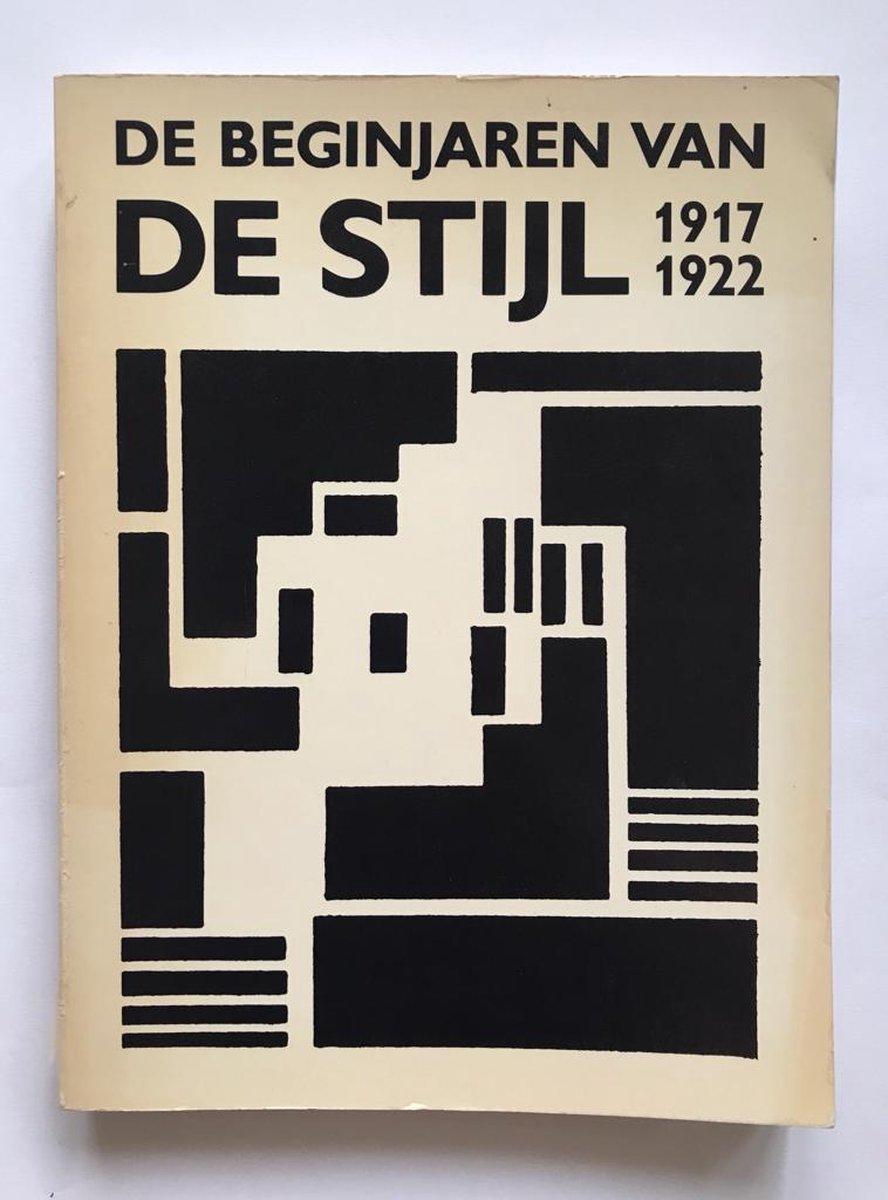De Stijl 1917 - 1932
The black lines and coloured rectangles in Mondrian’s paintings have been widely used for decades in advertising, fashion and design. Rather than a ‘new look’ in painting, they were originally the expression of a philosophical attitude and of an aesthetic approach, which was given concrete form in the art periodical De Stijl founded in 1917. The driving force behind De Stijl was the artistic all-rounder Theo van Doesburg. His collaborators, apart from Mondrian, included the painters Bart van der Leck and Vilmos Huszar and the architects J.J.P. Oud and (later) Gerrit Rietveld.

In De beginjaren van De Stijl, the art historian Carel Blotkamp, together with a select group of research workers, looks at how the movement developed out of nineteenth-century views of art. With the help of documents and illustrations - some published for the first time in this book - they demonstrate how profoundly Van Doesburg and particularly Mondrian were influenced by Hegelianism, Platonism and theosophy. De Stijl set itself up not just as a current in art but as a movement determined to transform all aspects of existence. In their fascinating search for the sources of De Stijl, Blotkamp and his team lay bare an intellectual world at odds with the accepted rationalist view of the work of the artists concerned.
De beginjaren van De Stijl is divided into chapters, each with a central figure but nevertheless part of a solid whole. The heated discussions in the periodical about the role of art and its social function run like a thread through the work. The eventful history of the periodical moreover opens up a unique perspective on artistic life in Europe, especially after the First World War when De Stijl ventured on to international ground and became ‘more modernistic’.
The second part of the diptych
This development is discussed in the second part of the diptych, De vervolgjaren van De Stijl. In the 1920s De Stijl made contact with such artistic trends abroad as the Bauhaus in Germany, constructivism and suprematism in Russia and L’Esprit Moderne and Cercle et Carré in France. To these - often conflict-ridden - relations De vervolgjaren devotes a number of separate chapters. They not only throw fresh light on the early twentieth-century avant-garde, but, thanks to the flamboyant character of Mondrian and above all of Van Doesburg, also provide an interesting chronique humaine of their personalities.
Two modernist stories by Piet Mondrian were published as Twee verhalen (Two Stories) in 1987. A number of selections from Theo van Doesburg’s essays on the history of art have appeared in print.
The most important programmatic article from his early Stijl-period can be found in De nieuwe beweging in de schilderkunst (The New Movement in Painting; 1983). A more recent fundamental text is Grondbegrippen van de nieuwe beeldende kunst (Basic Concepts of the New Visual Arts; 1983).
Van Doesburg’s articles on architecture can be found in De Stijl en de Europese architectuur (De Stijl and European Architecture; 1983).
The Dadaist writings Van Doesburg published under the pseudonym of I.K. Bonset have been collected under the title of Het andere gezicht van I.K. Bonset (The Other Face of I.K. Bonset; 1983).
